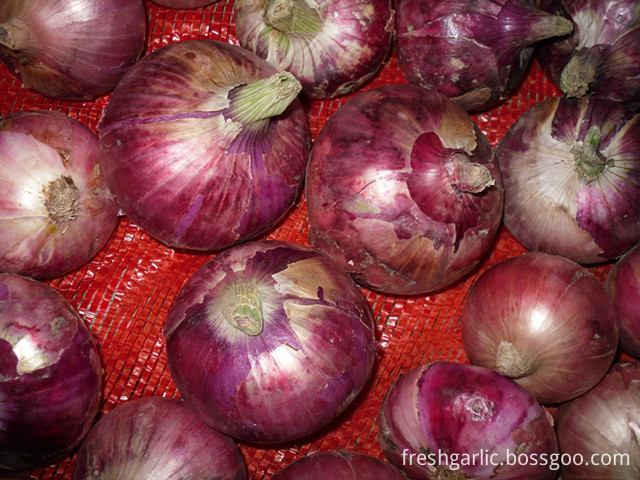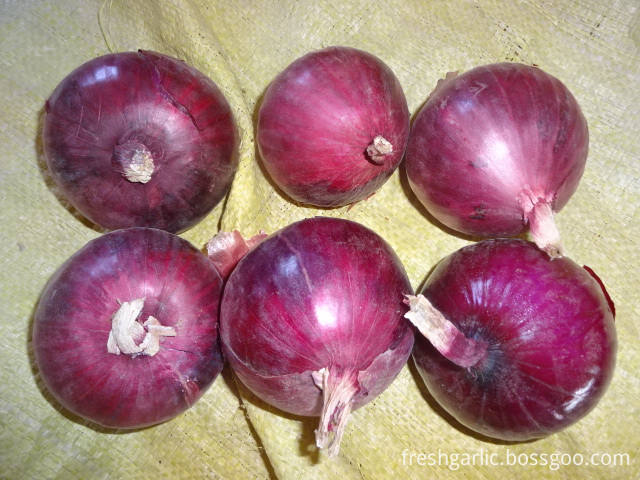Summarization on Feeding Technology of White Shrimp Cultured in South America
First, the choice of bait South American white shrimp on the protein content of bait lower demand, lower than the Chinese shrimp (40% -50%), Japanese shrimp (50% -65%) and Penaeus prawn (35% -40%). Second, determine the amount of bait Third, the feeding method When the seedlings should be fed as far as possible to spread evenly throughout the pool, shrimp body length of 3 cm after the pool around evenly spread. The feeding machine should be turned off for 1 hour. Otherwise, the bait can be easily screwed to the center of the pool and the waste can accumulate and it is difficult to be eaten. Penaeus vannamei also has peculiar feeding habits and is not willing to ingest new foods when eating certain foods. Therefore, it should be gradually replaced when changing feeds, to avoid wasting food and affecting growth. The feeding management of Penaeus vannamei should be relatively reasonable. It is necessary to ensure that the shrimps are full and eat well, but also take into account the environment and save costs. The following principles should be followed in the feeding process: 1 After evening and before dawn Hey, feed less under the conditions of the hot sun. 2 After feeding for 1.5 hours, a high rate of empty stomach (more than 30%) was properly fed. 3 When the water temperature is lower than 15°C or higher than 32°C, feed less. (4) Feed more when the weather is fine, and feed less or not when heavy storms and cold currents (cooling above 5°C) occur. 5 Less feed the prawn on the day of shelling, and feed it more after shelling for 1 day. 6 pools of competing organisms are fed more than appropriate. 7 Feed more when the water quality is good, and feed less when the water quality deteriorates. 8 When the bio-food in the tank is sufficient, it can be fed as little as possible.
We have our own modern processing plants and a team of experienced processors. We have extensive processing experience in exporting to Africa, Middle East, Southeast Asia and South America. The company has a large number of export-grade red onions for a long time. Red Onion specifications are 4-12 cm, 10 kg or 20 kg net packaging, and can also be packaged according to customers' needs.
1. Commodity name:Red onion
2.Style: Fresh
3. Size: 3.0-5.0cm, 5.0-7.0cm, 7.0-10cm
4. color:Red
5.Packing:
8.Transporting and storing temperature: 0°C -+1°C
Red Onion Red Onion,Fresh Red Onion,Small Red Onion,Red Big Onion JINING FORICH FRUITS & VEGETABLES CO., LTD. , https://www.forichgarlic.com
At the same time, P. vannamei of different lengths have different requirements for the protein content in the diet: 35% of body length 2.0-4.5 cm, and body length 4.5-9.0 cm.
25%, 20% of body length 9-12 cm. Therefore, the use of appropriate bait can reduce the bait cost and ensure better economic benefits under the premise of ensuring rapid growth of shrimp. At the same time, proper control of protein content can also control the formation of ammonia nitrogen and protect water quality.
In the early stage of culture, when the basic food in the pool is rich, it can be fed without feed. With the consumption of basic food, some high-quality foods with high protein content, such as live fresh pathogen-free bait, homemade juvenile bait, and some The bait company specializes in processing processed bait. In the middle and late period, special-purpose foods with corresponding protein content are selected, and conditions can also be self-made according to the recipe and fresh foods are added. The high-quality compound baits have fully taken into account the nutritional needs of shrimps and their use in the water environment. The ingredients are reasonable, the processing technology is advanced, and it is easy to preserve and feed. It is the current choice of most farmers, especially the outbreak of shrimp in many areas. In the case of illness, the amount of fresh food used has been greatly reduced. However, in the later period of cultivation, the outbreak period of shrimp disease has passed, the area of ​​disease has become clear, and the shrimp is close to the harvest. At this time, depending on the local resources, feeding some live food can help reduce the pressure on the water environment, promote the growth of shrimp, and strengthen the appearance of shrimp. Color can sometimes save the cost of bait.
1. The number of feedings per day depends on the feeding habits of the shrimps. The white shrimps are actively feeding at dawn and in the evening. Combined with their physiological habits, they should be fed day and night and fed three to four times a day. 40% of the whole day's feed and 60% at night. Appropriately increasing the number of feedings can increase the utilization efficiency of synthetic amino acids and carbohydrates.
2. The determination of the daily feeding amount of bait is complicated and affected by various factors such as the weather, the number, density, and constitution of shrimp in the pond, the composition ratio of shrimps in different growth stages, the number of food organisms in the pond and the number of competing organisms, and bait Its own quality, water quality, environmental conditions, shelling, medication and so on. Therefore, the determination of the amount of feed should be combined with the shrimp growth measurement, shrimp feeding conditions and the bottom of the pool bait situation, under normal circumstances, shrimp satiety rate can reach 80%.
3. Determine whether the amount of bait is appropriate or not The amount of bait should be determined at regular intervals (usually 7-10 days). In addition, the food intake of shrimp is also related to various factors such as weather, water temperature, and shrimp health status. Wait. Therefore, after determining the amount of feeding at a certain stage, it must be verified to determine whether the feeding is appropriate or it should be adjusted.
Two or three bait stations are set around the prawn pool. After feeding according to the above estimates, the following two conditions are met to prove that the feeding is appropriate. If it does not meet the requirements, the feeding rate should be adjusted in time: First, there is no surplus bait after feeding for 1.5 hours. Second, 80% of shrimps reach full stomach.
At the same time, it should be noted that the material platform should be set at the bottom of the pool. If the material platform is not at the bottom of the pool, it is not possible to determine whether or not the shrimp have been fed simply by feeding on the bait. For example, if the feed is eaten on the feed table within a short period of time but there is indeed food at the bottom of the pond, it should be suspected that the shrimp do not want to feed on the bottom of the pool because the bottom environment has deteriorated.
2) or according to the clients' requirements.
6. Supply Period:
A) Fresh season: May to the middle of August
B) Cold storage season: August to December.
7.Conveyance:26-30MT/40'HR (loading quantity depending on packing)

